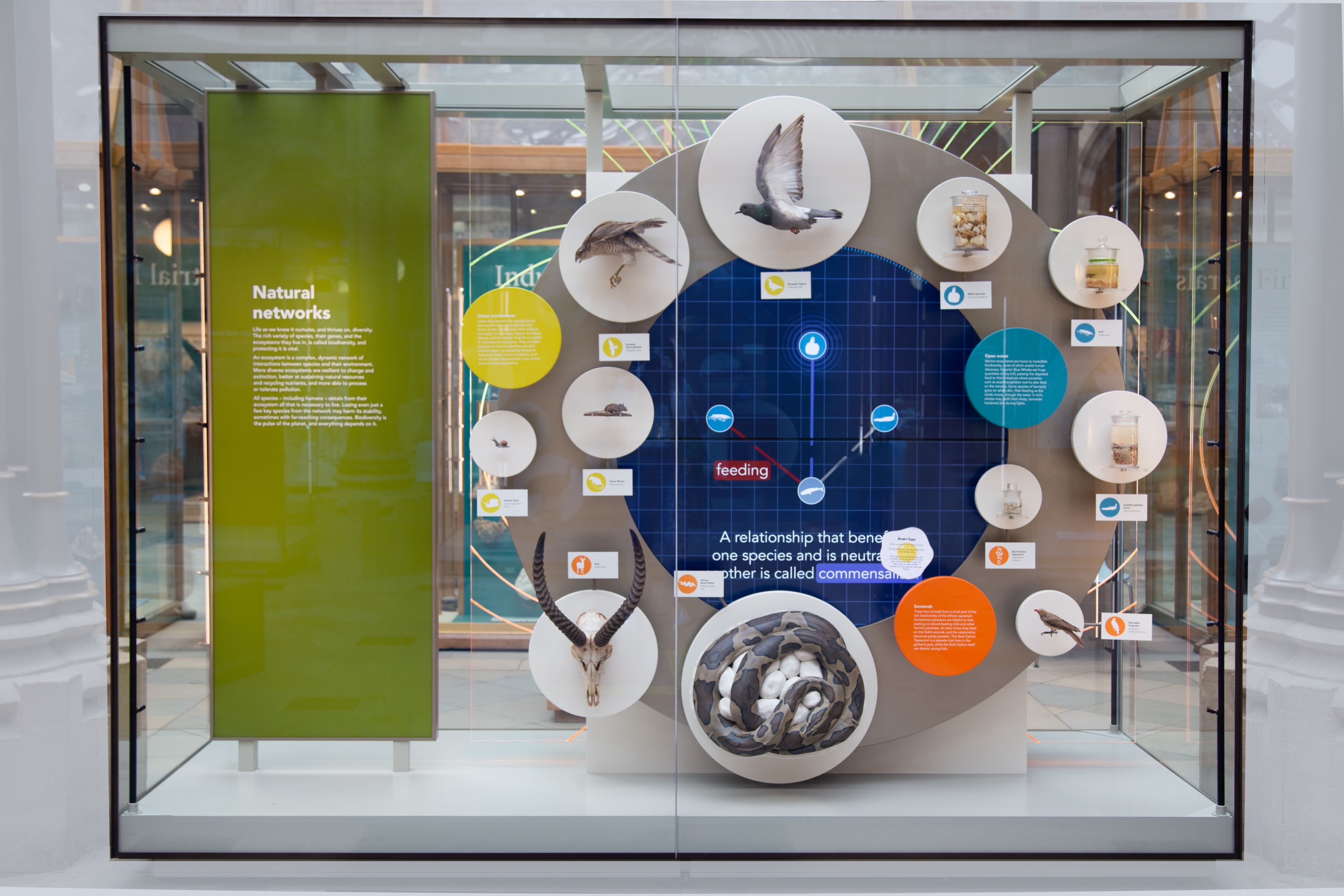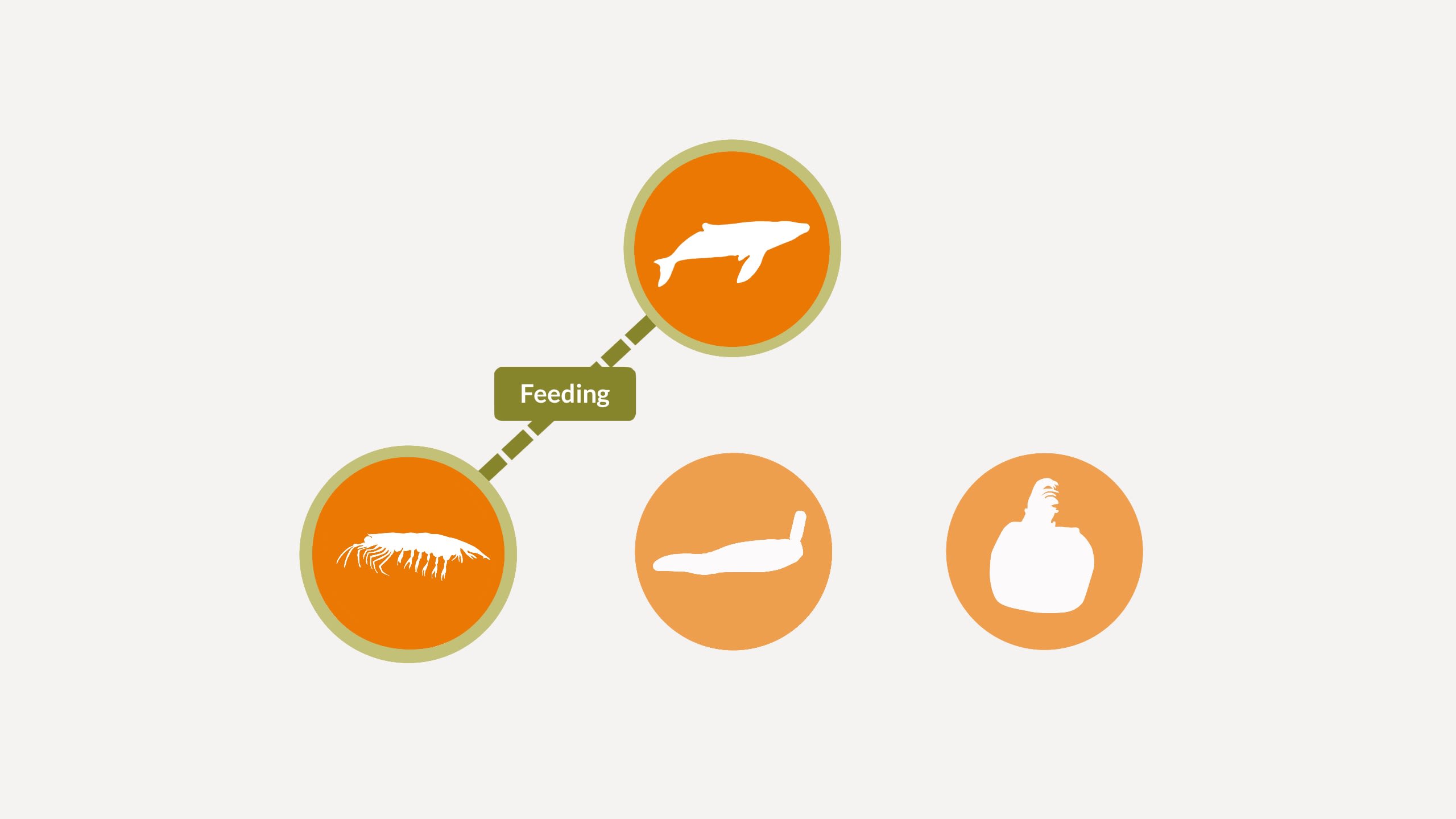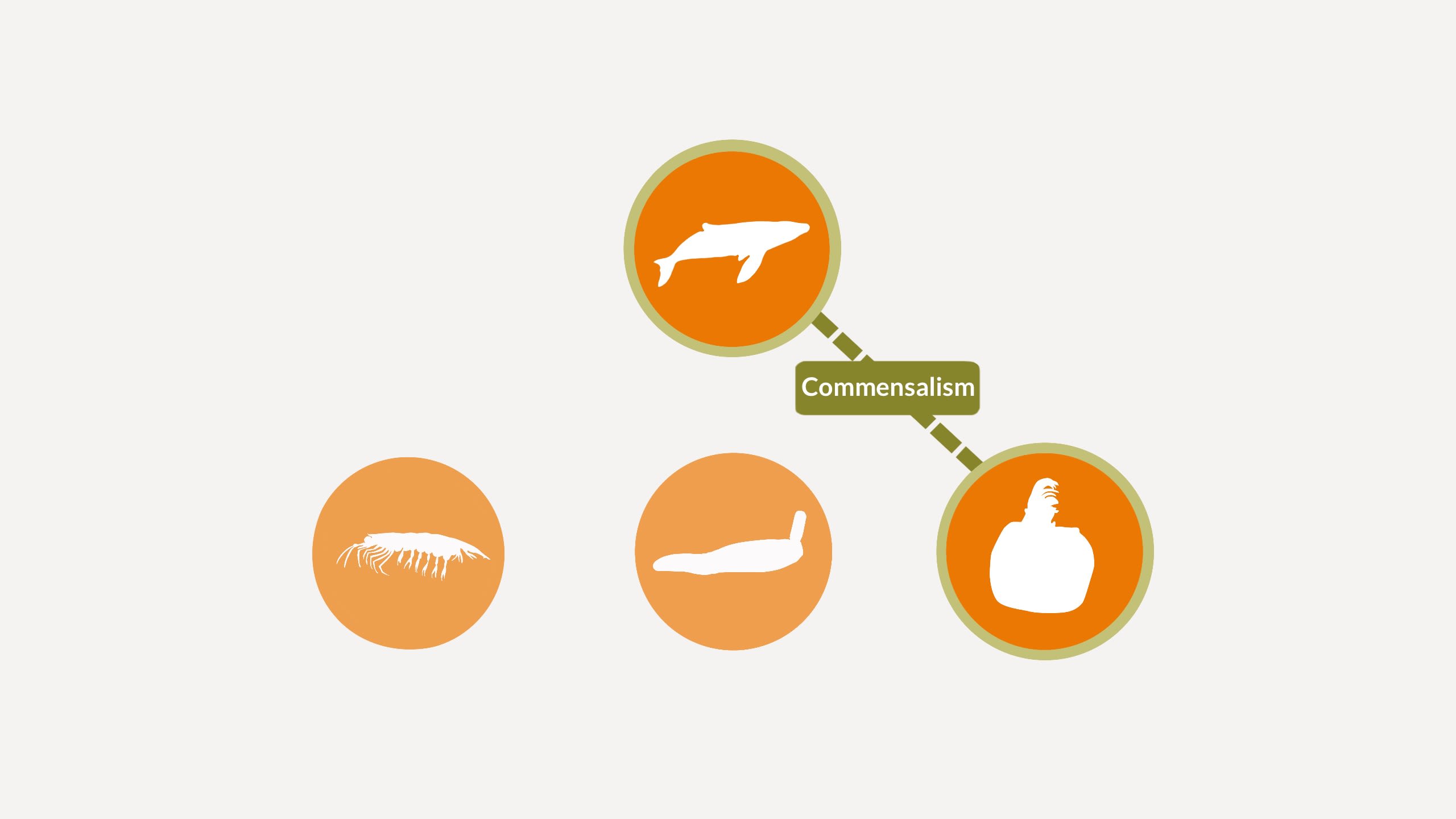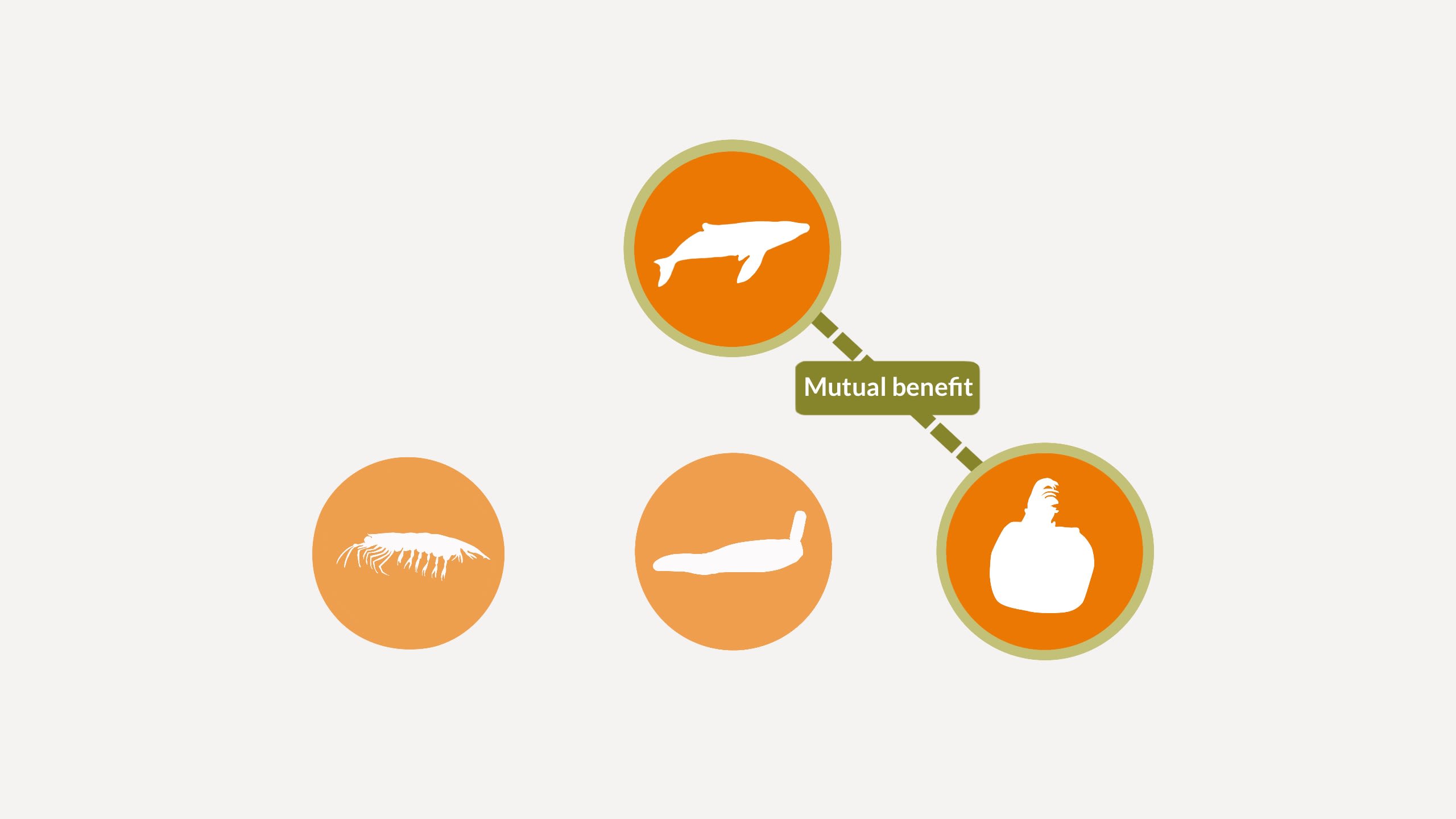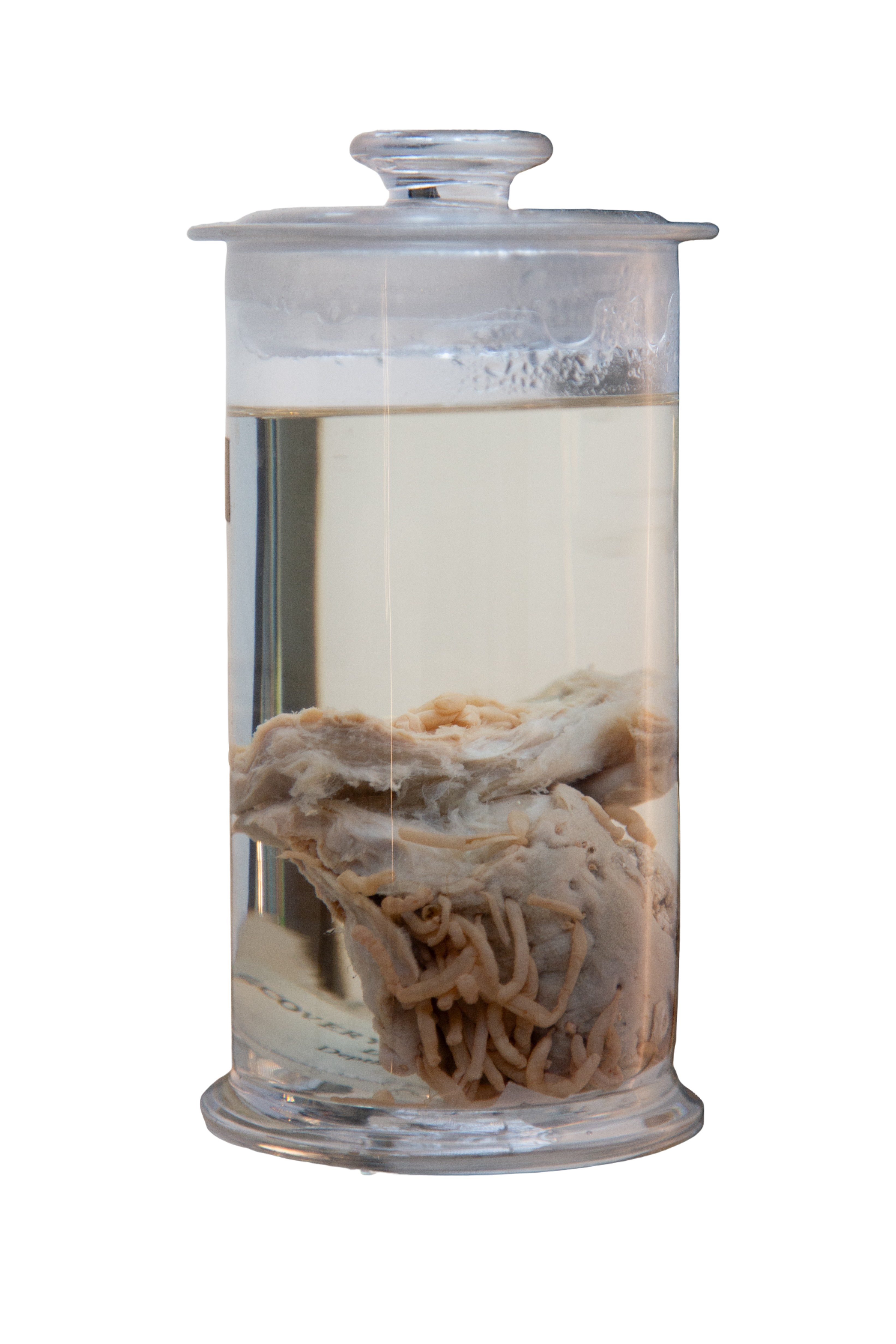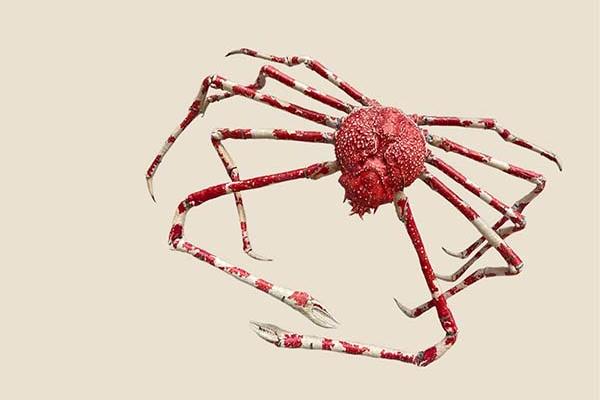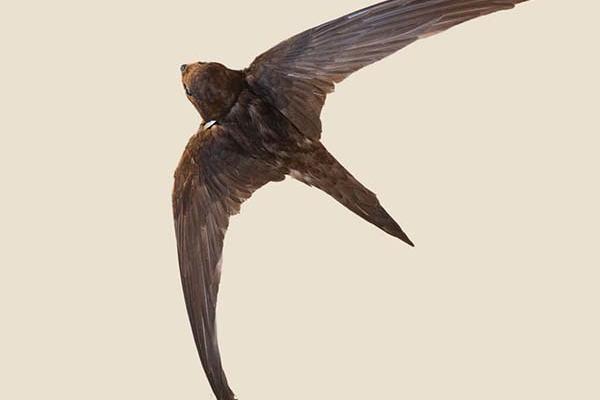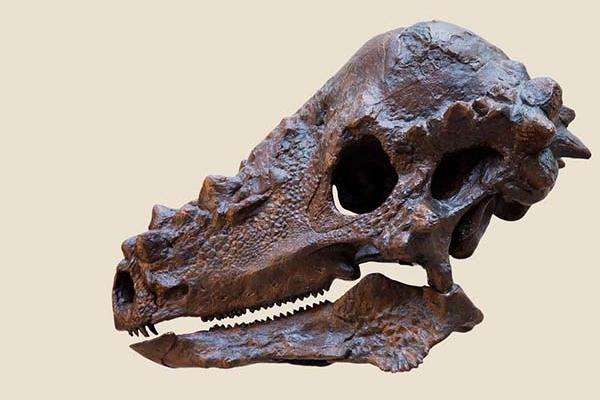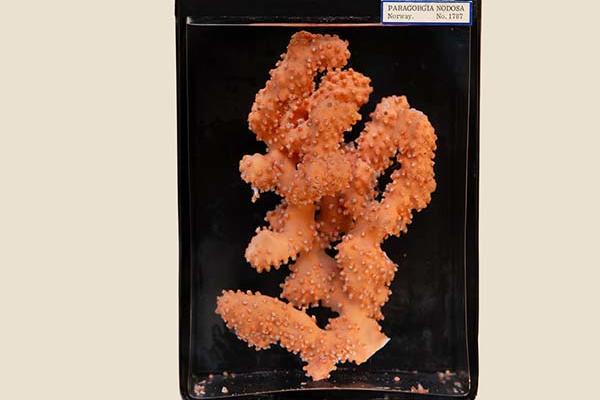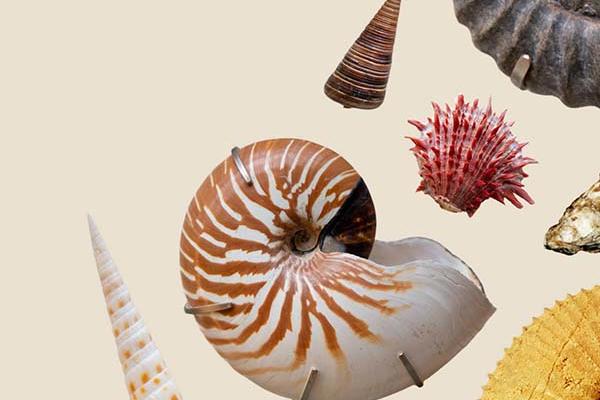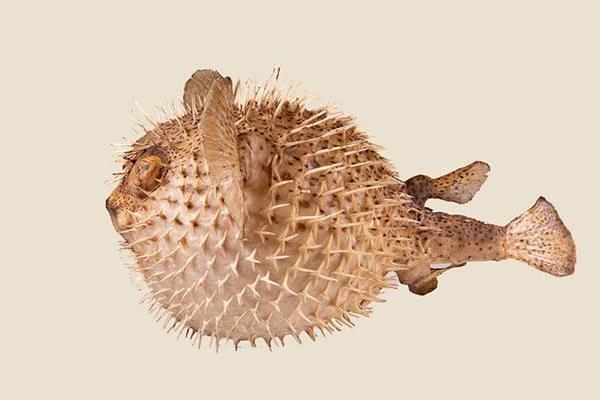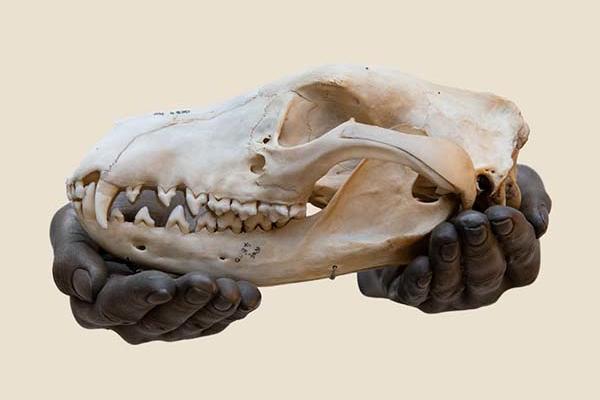No whale is an island
Understanding biodiversity through the networks of animal interactions
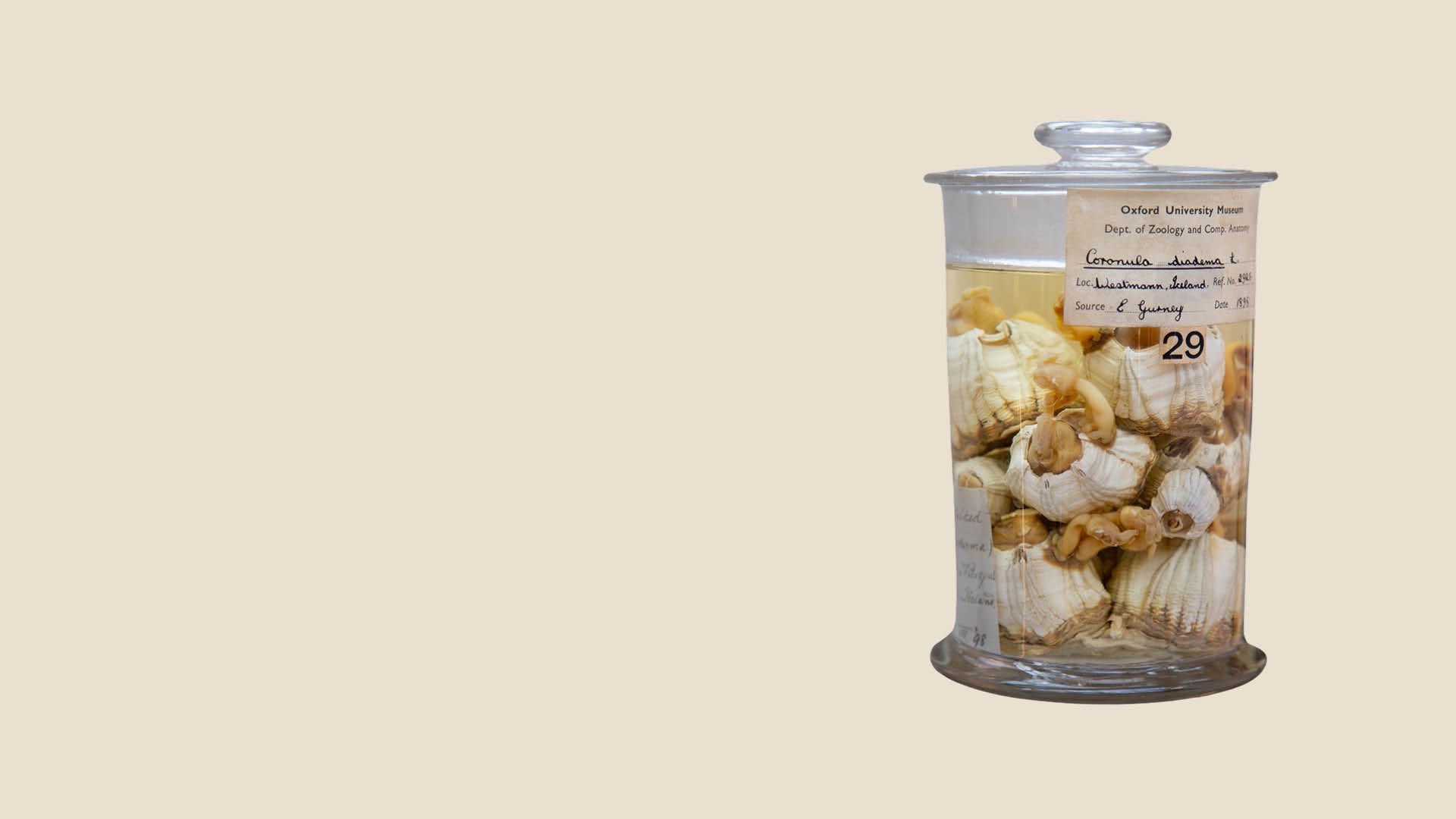
Life as we know it nurtures, and thrives on, diversity.
The rich variety of species, their genes, and the ecosystems they live in is called biodiversity, and protecting it is vital.
An ecosystem is a complex, dynamic network of interactions between species and their environment. More diverse ecosystems are resilient to change and extinction, better at sustaining natural resources and recycling nutrients, and more able to process or tolerate pollution.
The network of relationships surrounding a Blue Whale
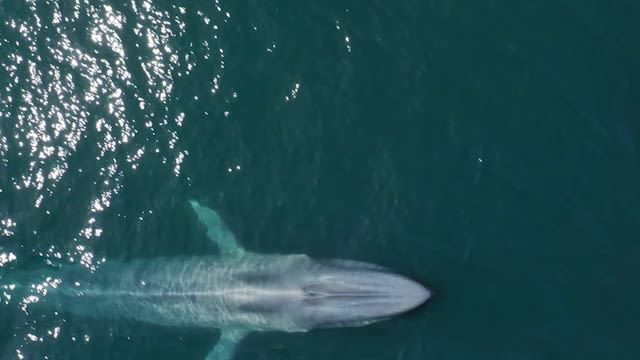
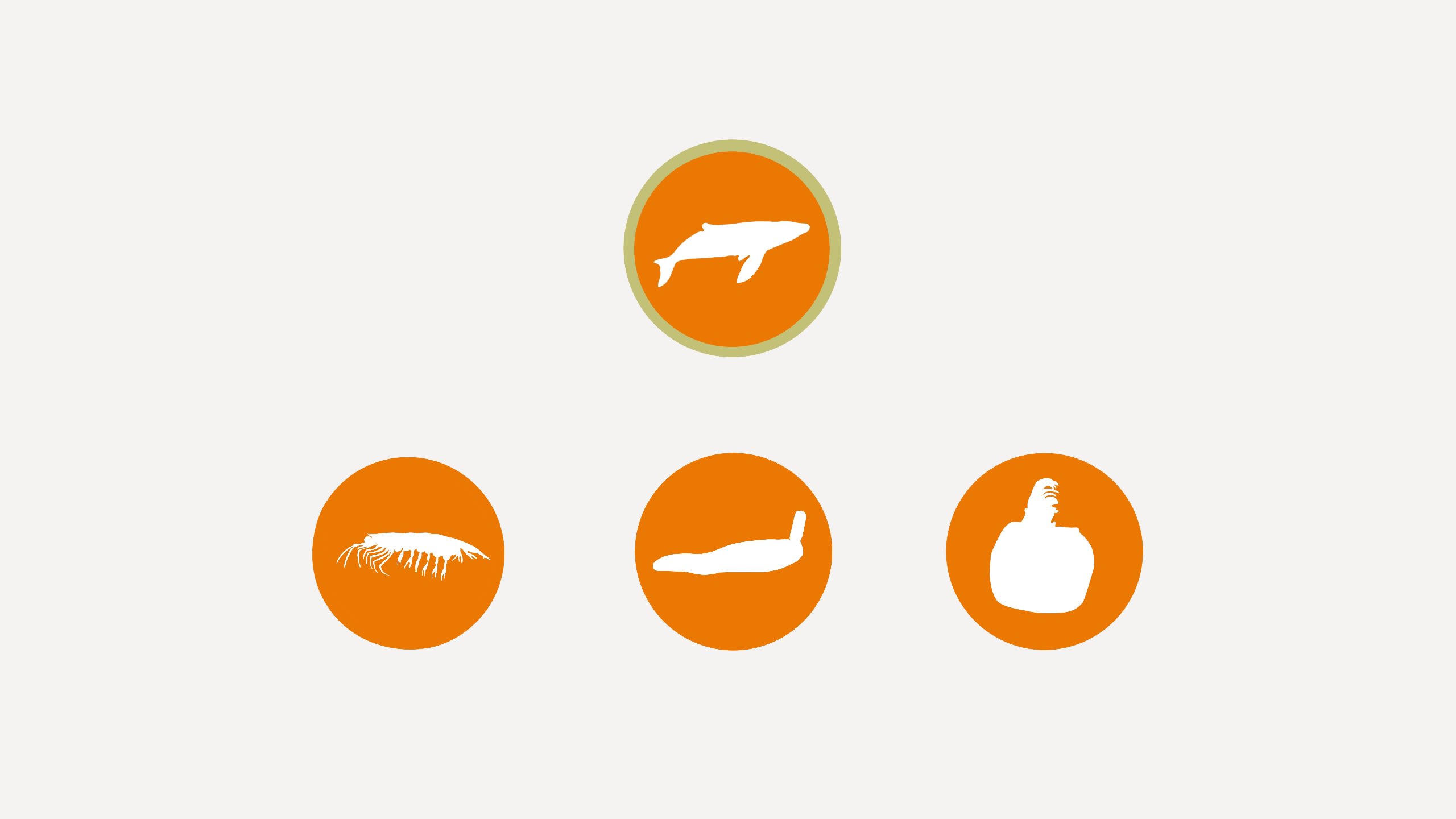
An organism can be like an ecosystem in itself.
Blue Whales live by feeding on krill.
Acanthocephalan worms infest the whale's gut - an example of parasitism.
Some barnacle species grow on whale skin, for better filtering of food as the whale swims. The whale is often not affected by the barnacle growth.
A relationship that benefits one species and is neutral for another is called commensalism.
Carrying barnacles can also roughen whale skin, which may be advantageous during fights.
This might shift the relationship between whale and barnacle towards one of mutual benefit.
Visit the Natural networks display
Opened between 2022 and 2024, our new displays on biodiversity showcase the variety of life on Earth and consider important questions about preserving this diversity for future generations.
The Natural networks display explores the dynamic network of interactions between species and their environment using specimens from the Museum's collections.
